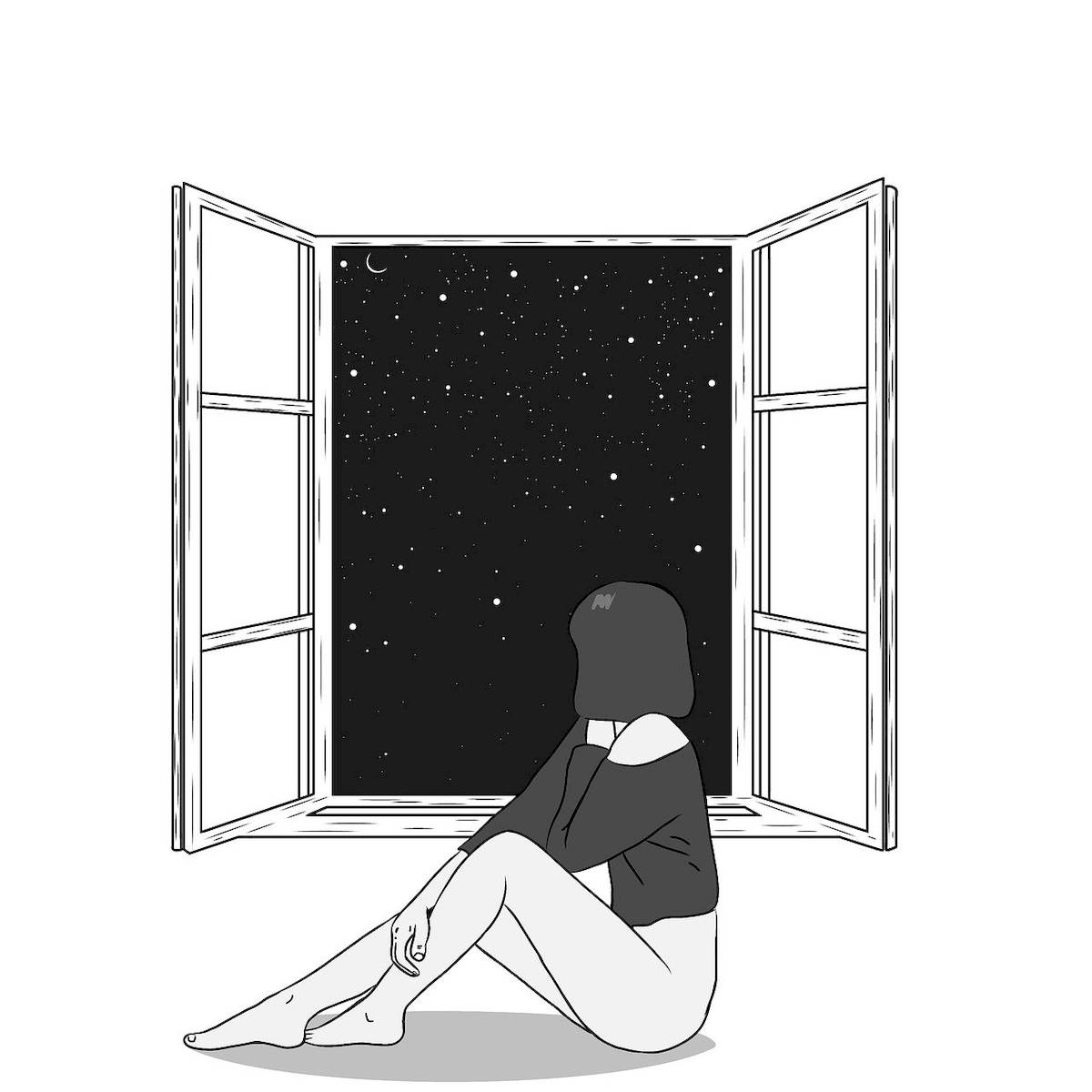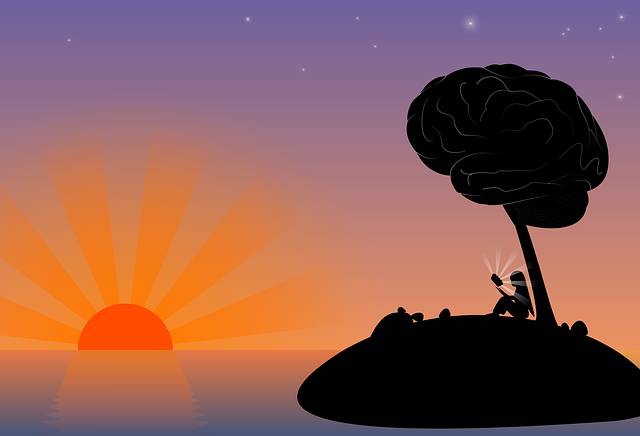Every year, without fail, we adjust our clocks twice to accommodate Daylight Saving Time (DST) and Standard Time. This practice, which involves setting clocks forward by one hour in the spring and back by one hour in the fall, has been a subject of debate and scrutiny for its benefits and drawbacks. While the primary intention behind this time adjustment was to optimize the use of daylight and conserve energy, recent studies have highlighted its potential negative impacts on health, traffic safety, and crime rates.
The concept of Daylight Saving Time was first introduced in the early 20th century as a measure to conserve energy during World War I. However, its effectiveness in energy conservation has been questioned over the years. A study conducted in Indiana before it adopted DST in 2006 found that the transition to DST increased residential electricity use, contrary to the intended purpose.
One of the most significant concerns associated with changing the clocks is its impact on health. The disruption to our circadian rhythm, often referred to as our body's internal clock, can lead to sleep disturbances and, in turn, increased health risks. Studies have shown that the shift to DST is linked to a higher incidence of heart attacks in the days following the transition. Similarly, the return to Standard Time in the fall, which gives us an extra hour of sleep, has been associated with a decrease in heart attacks.
Moreover, the disruption to sleep patterns can also affect mental health. Research suggests that the transition to DST is associated with an increase in the number of people reporting symptoms of depression. This could be due to the misalignment between our internal clock and the external environment, which can lead to feelings of fatigue and irritability.
Traffic safety is another area where the impact of changing the clocks is evident. Studies have found that the number of traffic accidents increases in the days following the shift to DST. This could be attributed to drivers being more fatigued due to sleep disruption. On the other hand, the return to Standard Time in the fall, which results in darker mornings, has been linked to an increase in pedestrian accidents, as it becomes more challenging for drivers to see pedestrians in the early morning hours.
The impact of changing the clocks on crime rates is also a topic of interest. Some studies suggest that the shift to DST in the spring, which results in lighter evenings, could lead to a decrease in crime rates as there is more natural light in the evenings. Conversely, the return to Standard Time in the fall, which results in darker evenings, could lead to an increase in crime rates.
In conclusion, while the practice of changing the clocks twice a year was initially intended to optimize daylight and conserve energy, its impacts on health, traffic safety, and crime rates suggest that it may not be as beneficial as once thought. As we continue to debate the merits of Daylight Saving Time, it is crucial to consider the potential long-term effects on our well-being and safety.




发表评论 取消回复